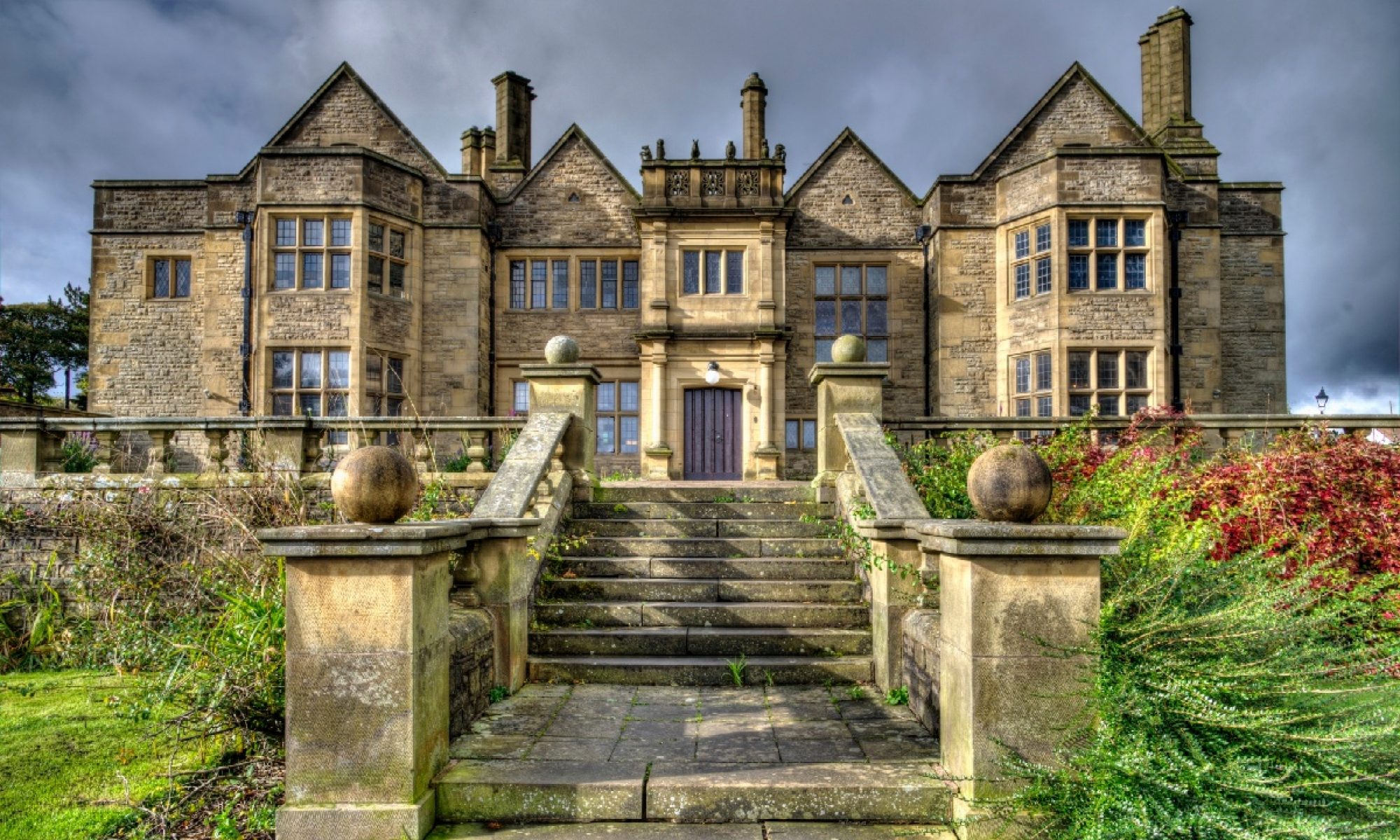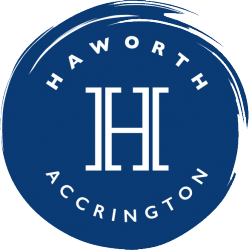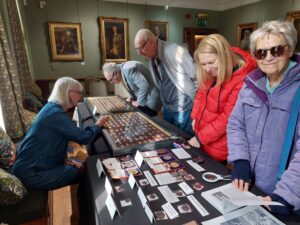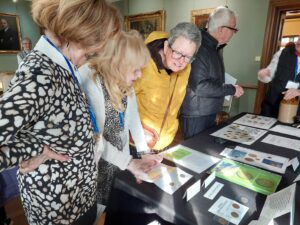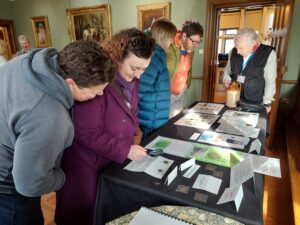Fascinating and amazing! Our viewing day today was all about coins, medals and tokens.
Replicas of ancient coins astonished visitors with their detail, depicting people with helmets or intricate hairstyles, animals and insignia. These replicas represented coins dating from 700BC to 336BC. British coinage from a coin of Elizabeth l up to Elizabeth ll were on view and visitors were able to compare old sterling coins and current decimal coinage.
Tokens were most interesting with the story of their origins in ancient times and their usage in Britain in the 17th and late 18th century. Provincial coins were manufactured in towns and cities when the Royal Mint wasn’t producing coins. These were attractive with each having the name of the place and reliefs showing their important aspects eg. t he Rochdale one showed a sheep’s fleece on one side, which represented the town’s woollen trade. Also on show were workhouse tokens, protest tokens, merchants tokens and several tokens from Accrington and Church Industrial Co-operative Society. Some visitors
remembered these and there were discussions about the Co-op “Divi” which was paid in coins or tokens – this compared to present day supermarket Club Card rebates. Tokens from the local soft drinks firm, Stantons, were shown along with one of their stone jars for which people had to pay a 2/6 deposit.
Transport tokens were also shown – tram tokens being sometimes given to workers to ensure they got to work. Truck tokens were given to workers in part payment of wages. These could only be spent in the company shop, where prices were often inflated. Whilst the idea was that workers couldn’t spend their wages on getting drunk, the employer also made a profit on the truck system.
Amongst the tokens were two issued to commemorate the acquittal of two men accused of treason. They both had taken part in the Radical Movement in the 1700’s protesting against Government repression. Others in the movement were imprisoned and some hanged.
Much interest was also shown in two love tokens. These were common in the times of George ll and George lll. They were used by the rich to indicate either a secret romance or a token of esteem prior to a formal engagement. These were made from coins which had the initials of the couple on the reverse.
As for the medals we had on show, these included the Accrington Womens Temperance Society medal and ribbon and a medal and ribbon from Accrington Baby Day in 1929 in Oak Hill Park, which was attended by nearly 700 mums and children. Entertainment was provided and everyone was served an afternoon tea, demonstrating how good Edwardian organisational skills were.
Our event was the second viewing day we have organised and was a fascinating day for those who came along. Several people asked for more viewing days and there are more planned for later in the year.
Well done and thanks to all those who made this such a good event.
